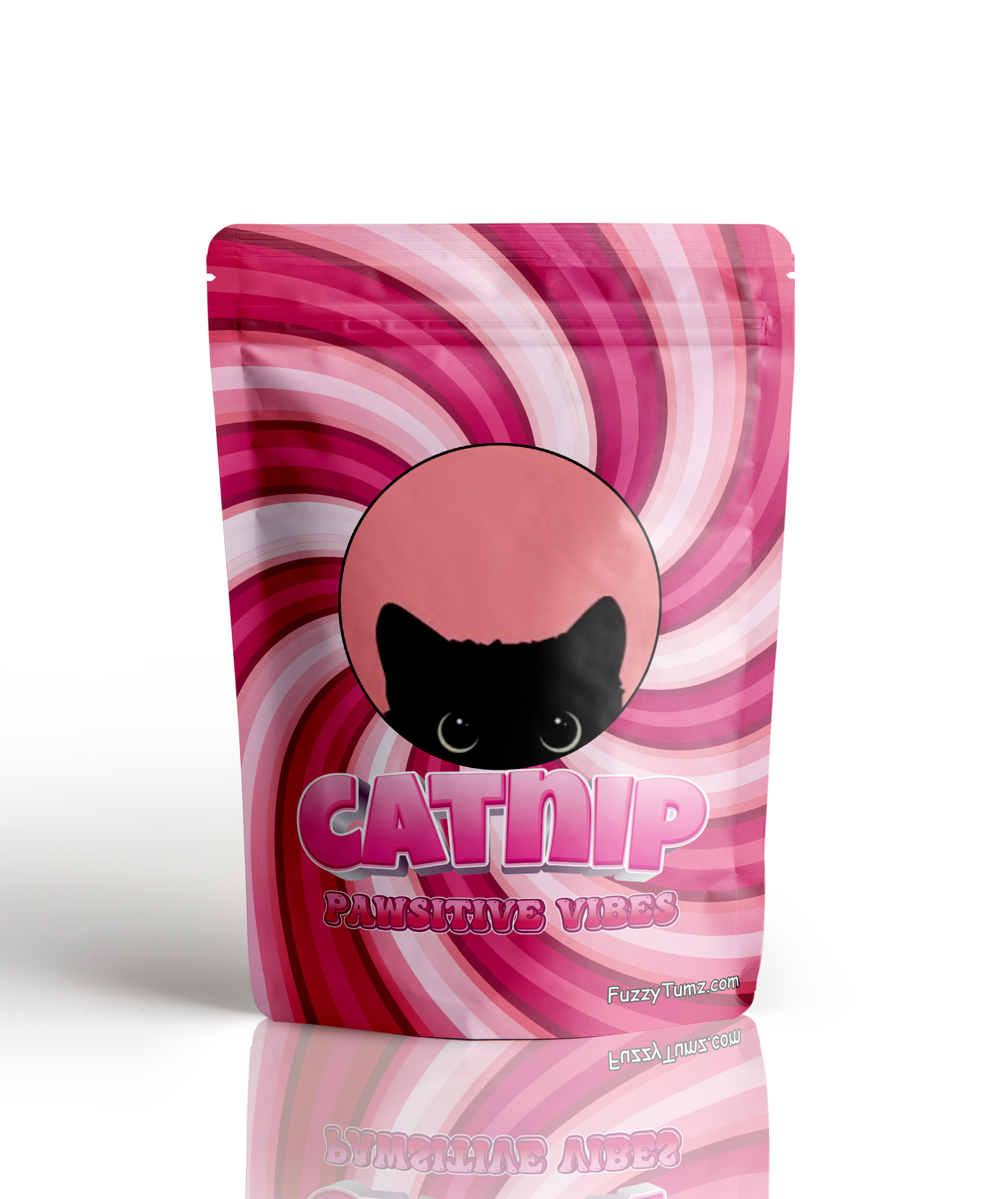Home » Cat Plants » Does the Cardinal Flower Pose a Threat to Cats?

The Cardinal Flower (Lobelia cardinalis) is a beautiful red wildflower native to the Americas. While visually stunning, this plant is actually quite toxic to cats. The Cardinal Flower contains a substance called lobeline which can cause serious health issues if ingested by felines.
This perennial is commonly found in wet environments such as stream banks, swamps, and low woods throughout the eastern United States and Canada.
Ingestion may cause mild gastrointestinal upset, but is generally not life-threatening.
Ingestion can result in mild symptoms like vomiting, diarrhea, or drooling. Rarely fatal but may require veterinary care.
Eating these plants can lead to more pronounced symptoms like abdominal pain, lethargy, or difficulty breathing. Veterinary intervention may be necessary.
Ingesting even small amounts can cause severe symptoms like organ damage, seizures, or cardiac failure without rapid treatment.
All parts of these plants are extremely poisonous to cats and can quickly lead to death, even with immediate veterinary care.
** Please note: Please note that toxicity level can vary based on the amount ingested and the specific cat. It's always best to keep these plants completely inaccessible to cats and seek immediate veterinary care or call the poison hotline if you suspect your cat has ingested any part of a toxic plant.
If a cat ingests any part of a Cardinal Flower plant, it may experience a range of uncomfortable and potentially dangerous symptoms. Common signs of Cardinal Flower poisoning in cats include:
If you suspect your cat has eaten Cardinal Flower, it’s important to seek veterinary care immediately. Your vet will likely perform the following steps to diagnose plant poisoning:
Treatment may include inducing vomiting, administering activated charcoal, IV fluids, heart monitoring, and supportive care. With prompt treatment, most cats recover from Cardinal Flower poisoning.

A: Yes, cats can be allergic to Cardinal Flower. Symptoms of an allergic reaction may include itching, sneezing, and skin irritation.
A: Yes, Cardinal Flower is toxic to cats. Ingesting any part of this plant can cause symptoms such as vomiting, diarrhea, and drooling.
A: Symptoms of Cardinal Flower poisoning in cats include vomiting, diarrhea, excessive drooling, and abdominal pain. Immediate veterinary care is recommended if ingestion is suspected.
A: To prevent contact, ensure that Cardinal Flower is not present in your home or garden. Keep your cat indoors or monitor outdoor activities closely to avoid exposure.
A: If your cat ingests Cardinal Flower, contact your veterinarian immediately. Do not induce vomiting unless instructed by a veterinary professional. Immediate medical attention is necessary.
A: Yes, Cardinal Flower is commonly found in gardens and as an ornamental plant. It is important to ensure this plant is kept out of reach of cats to prevent accidental ingestion.
Cardinal Flower is named for the bright red robes worn by Roman Catholic cardinals. This showy wildflower was introduced to European gardens in the 1620s after being discovered in the Americas. Native Americans used root tea medicinally as an antispasmodic and emetic.
Hummingbirds are the primary pollinators of Cardinal Flower. Although it has a long history of medicinal and ornamental use, all parts of this plant are considered toxic to humans and animals if ingested.
Please note: The information shared in this post is for informational purposes only and should not be considered as veterinary medical advice.
